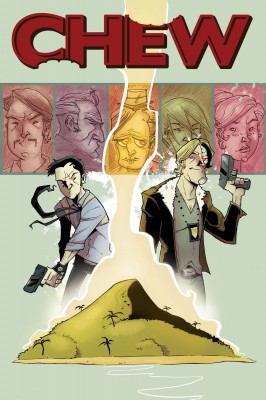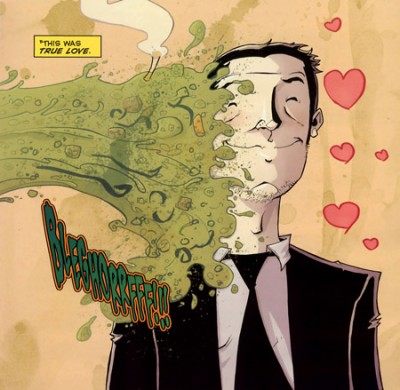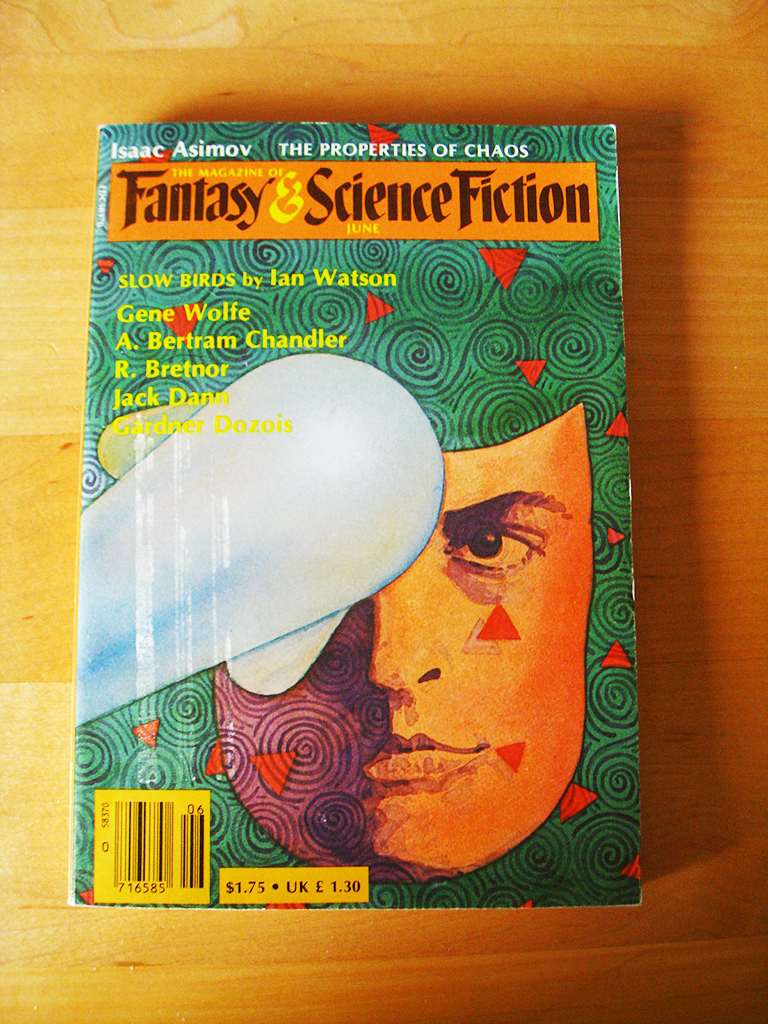Reviewer: Emera
Date read: 6.16.2017
Book from: Personal collection
Two brown girls dream of being dancers—but only one, Tracey, has talent. The other has ideas: about rhythm and time, about black bodies and black music, what constitutes a tribe, or makes a person truly free. It’s a close but complicated childhood friendship that ends abruptly in their early twenties, never to be revisited, but never quite forgotten, either.
Tracey makes it to the chorus line but struggles with adult life, while her friend leaves the old neighborhood behind, traveling the world as an assistant to a famous singer, Aimee, observing close up how the one percent live.
But when Aimee develops grand philanthropic ambitions, the story moves from London to West Africa, where diaspora tourists travel back in time to find their roots, young men risk their lives to escape into a different future, the women dance just like Tracey—the same twists, the same shakes—and the origins of a profound inequality are not a matter of distant history, but a present dance to the music of time.
Swing Time is a dense, simmering novel of ideas, with markedly artful prose: flowing, full of rhythmic momentum, and patterned after the book’s title, swinging smoothly and slyly back and forth in time. The narrator uses these swerves in time in order to conceal or displace acute moments of shame or pain; Smith uses them in order to more thickly layer themes and symmetries. I found the rhythmic flow intoxicating, and it was the main reason I finished the book at all since, two chapters in, I was otherwise so turned off that I considered quitting.
I had two difficulties with the novel. First, the narrator’s voice has a bitter, narrow chippiness to it. Though I’m often keen on unsympathetic protagonists, I object to that particular flavor of bitchiness. This narrator is pretty virtuosically passive-aggressive, a defining flaw that’s pathetic at best.
Second, reading Swing Time made me realize that I find it hard to enjoy narratives about female rivalry. It’s been such a blessedly absent force in my life that I felt acutely uncomfortable, even impatient, being asked to dwell on it at length: “IT DOESN’T HAVE TO BE THIS WAY” (This realization resulted in me revising my plans to read the Neapolitan Trilogy.)
Still, the book is so rich that even as some fraction of my reading attention was always squirming impatiently, there was also always something new and prickly-interesting to be considered – an insight of character, an angst-inflected vision of ’80’s or ’90’s London, the surreal juxtapositions of Western influence amid village life in West Africa (young men wearing wristwatches with no batteries…).
Probably the most vivid element of the book to me were the sharp specificities of feeling and observation that the narrator relates as a person of mixed race. When encountering other black women, for example, but especially those with mixed families, she continually notes skin tone, facial features, the race of each parent. All these behaviors are deeply familiar to me as a mostly acculturated first-gen immigrant kid (though not of mixed race), sharing that underlying unease of “where do I fit in” and “am I _____ enough.” The moment that I remember as the book’s most heartbreaking is when the narrator sees her white father’s children from an earlier marriage to a white woman, and realize that they look like they have everything to do with her father; and her – nothing.


